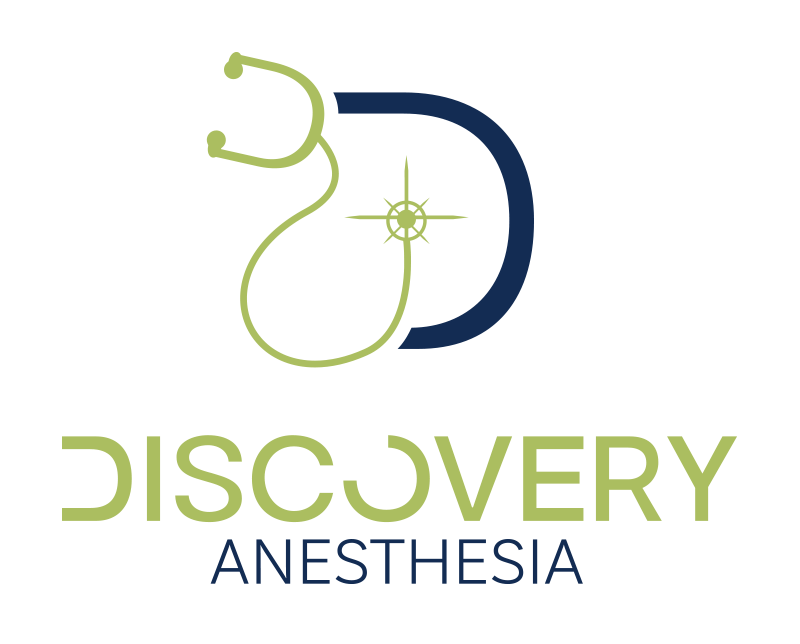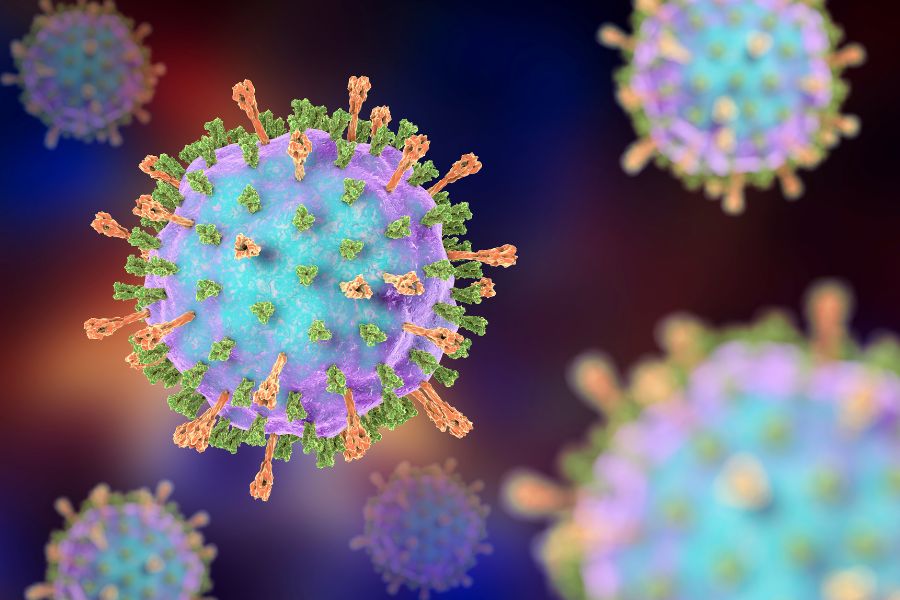Have you ever heard of anesthesia mumps? No…me either! So, let’s explore.
It is also known as Transient Postoperative Sialadenitis and has been reported, although infrequently, after surgical procedures of all types. It presents as painless swelling and redness on one or both sides of the face at the parotid gland, usually a few hours postoperatively. Possible causes are vasodilation, air leakage into the parotid duct that carries saliva to the mouth, or positioning that impairs drainage of the duct. Typically, no intervention other than rehydration, good oral hygiene and warm compresses is needed. However, in rare cases, it may cause respiratory distress if pushing on the trachea which obviously would need immediate intervention. You can expect Anesthesia Mumps to resolve in just a few days.
But why are they called Anesthesia Mumps instead of Postoperative Mumps? Clearly another time when “It’s all Anesthesia’s fault”.


